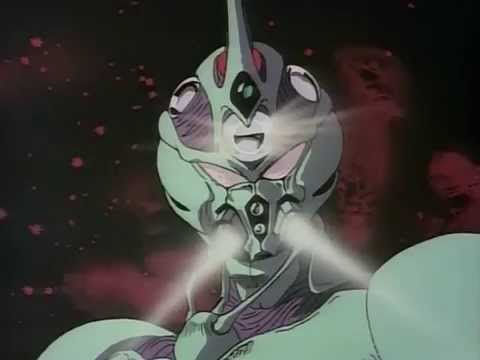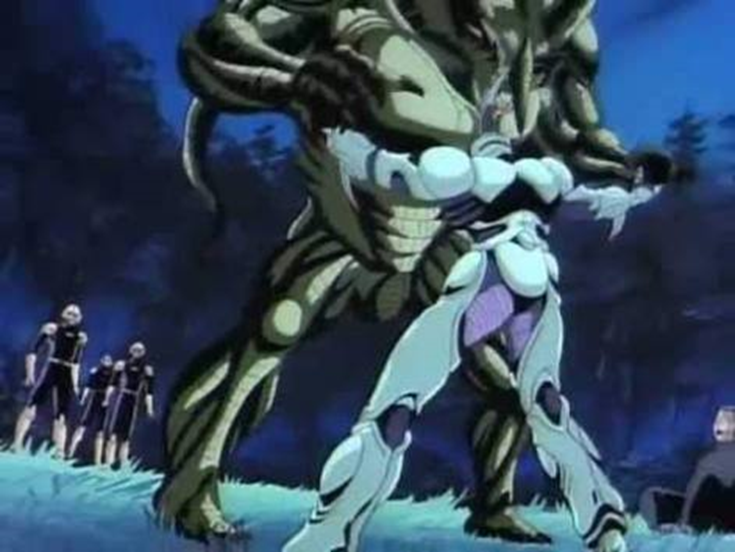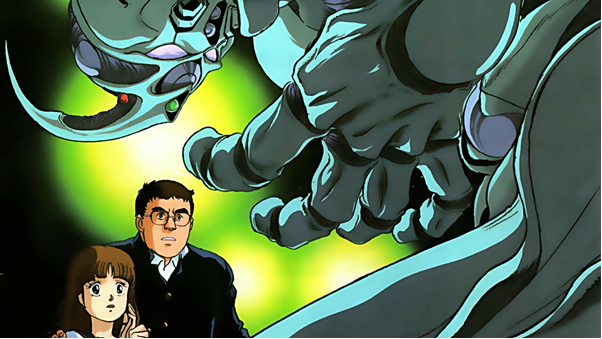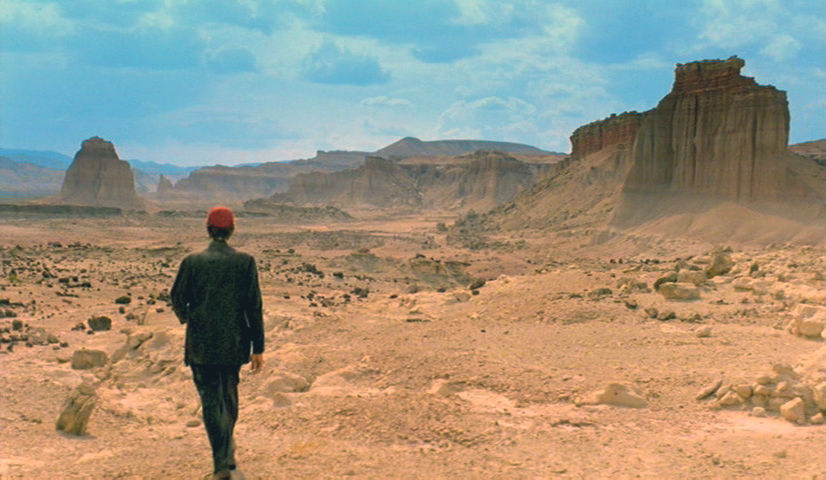The Guyver: Bio-Booster Armour (1989)
- decapvada
- Jan 15, 2024
- 4 min read
Updated: Jan 16, 2024
The Guyver is a series I have loved since I was a teenager. I think it was my father who rented the original live-action movie featuring Mark Hamil and I loved its mixture of body horror, martial arts and reluctant hero drama. Then I saw the trailer for Manga Video’s twelve-part OVA series, possibly on a rented VHS copy of Gunhead.

It blew me away. I think I must have watched the trailer repeatedly, not knowing that it would be featured before every single Manga Video release over the next twelve months. The music, the gory action, the awesome designs of the Zoanoids and seeing a proper, accurate rendition of the Guyver’s armour for the first time in animated form all contributed to my awe.
The actual release of the series was a novel idea, and it was well-marketed. Released over the next twelve months, each episode was available on a single VHS tape. The pricing was a little suspect, I doubt any company could release with such a scheme today but aside from the follow-up, the far less interesting Legend of the Four Kings, I have never seen such a schedule since. For a twenty-five-minute episode you paid five pounds and for a thirty-minute episode, you paid six. Imagine.
Beginning with student Sho Fukamachi discovering one of the coveted Guyver units, the alien technology bonds with his body and gifts him unbelievable powers. Chased by the Chronos Corporation, Sho must not only protect himself but also his friends when they start to make it personal. With a complex plot that exists far beyond the linear narrative, The Guyver is a story of huge scope that spends enough time with its characters to make them relatable as they become deeper entwined in the Chonos corporation’s goals. I think this is always what has appealed the most to me. Often the characters are faced with extreme levels of conflict and their survival, relatably, comes down to simply wanting to protect each other.
Sho is a flawed protagonist. He makes mistakes, says the wrong thing often, and blunders through many identifiable situations at school. While he initially has a lack of agency, often dragged through the narrative by Chronos, in the manga the strength of his will is of the utmost importance to his characterisation. He always focuses on what is most important to him in the face of danger, and that is his family and I think that is an easily relatable trait. He is not a superhero who has been gifted these powers for the sake of the world, he in fact detests the Guyver and only uses it because he has to. Often the Guyver unit, despite being connected to Sho and being a tool for him to use, in essence, is at odds with his ideals. The Guyver is a lifeform of its own and while not necessarily sentient, it has a basic understanding of the world around it and is able to make decisions for the sake of its own survival, whoever stands before it. The fact that this power the Guyver gifts Sho is so incredible that it could kill him is something I have always found fascinating.
Sadly, with such a limited number of episodes, the series lacks a complete ending and removes many plot points from the manga. Saving the revelations behind the origins of Chronos and the creators for the penultimate episode was frustrating! But ultimately what is here is very good. The animation is of a fair standard, particularly the visceral and energetic fight scenes and the voice acting improves with time.
The cast of characters is diverse and full of contrast. Agito, especially, was always a favourite of mine. I like complex, self-serving antiheroes. Aptom too gets some good scenes but is not given nearly enough time to shine as in the manga. Commander Guyot, another fascinating character, is extremely simplified, a shame that is attributed to the short length of the series. However, the less said about exposition dealer Tetsuo and scream-box sister Mizuki, the better.
Still, like many anime adaptations of yesteryear, the primary goal was to advertise the manga and I was soon buying the English translations. Sadly Viz Comics only released up to volume 7 in the UK and with this anime series only covering bits and pieces of the first four volumes at least I got to read some of what I was missing.
Years later in 2005, a new full twenty-six-episode series was released, covering much more of the manga. In retrospect, I think the action is far more dramatic in the original OVA. The scenes involving Sho’s school and father are powerful and for what it lacks in story accuracy, the original series delivers in action and gore.
It’s a frustrating franchise to be a fan of today, as the manga is on indefinite hiatus with its artist/writer Yoshiki Takaya off the radar. The Guyver was a huge success in the West during its 90’s OVA run and despite this, in Japan, it remains a relatively cult-level property. It’s easy to speculate that Takaya has given up on the life of a mangaka and gotten another job and that is a shame, but from the looks of the ongoing narrative in the manga, he may well have been making it up as he went along anyway. If there ever was a true ending, it was likely put off again and again to pay for the bills. All we can do is wonder.
The Guyver has been massively influential to me as a writer, if you have read my dystopian series Returner, the parallels are obvious. Still, there is a part of me that wishes that there could be an end to Sho’s story. I always imagined that the final panels would be a battle of sorts between Sho and his narrative opposite, Agito/Guyver 3 at the end of the world. However, the way Takaya took the narrative in the manga’s latter volumes seems to contradict this.
Maybe one day I will just write my version of it.
Thanks for reading.








Comments